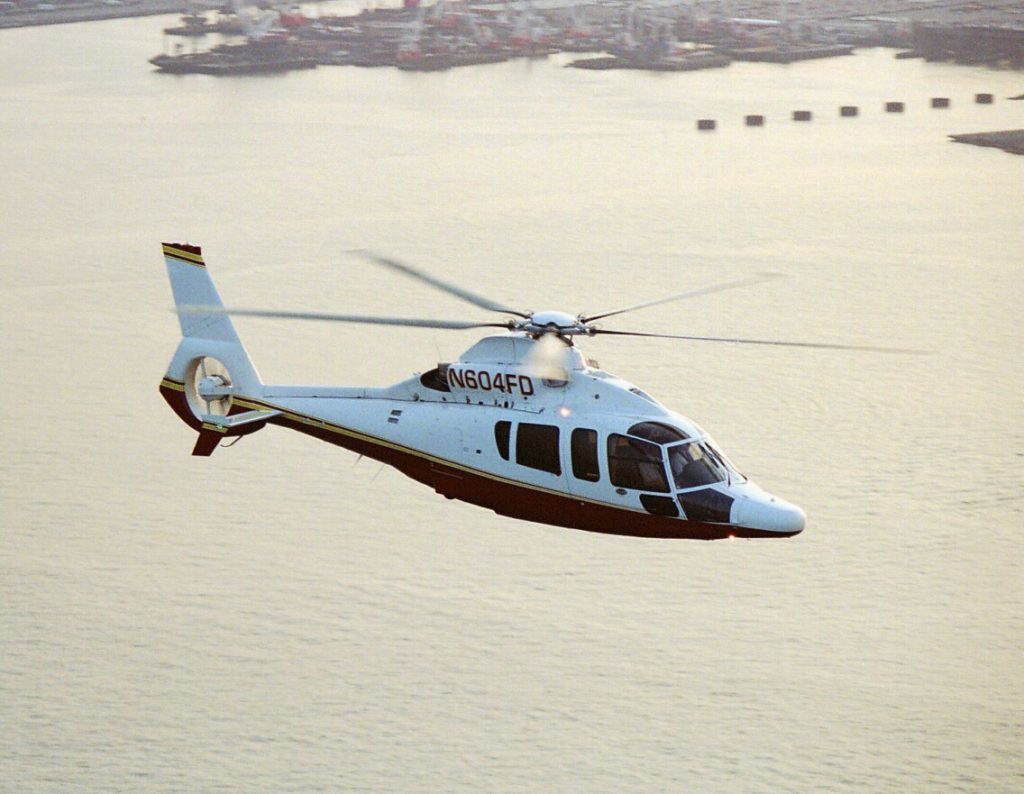
North Sea helicopters are to be checked for issues that could affect “safe flight and landing”.
The European Aviation Safety Agency (EASA) watchdog has come across “several cases” where the outer skin around the baggage compartment area on aircraft had “debonded”.
Checks have been ordered on Airbus EC155 and AS365 variants.
The North Sea industry has two 155s and two AS365s across its fleet, which will be subject to the checks detailed in EASA’s airworthiness directive.
The safety directive states: “Several cases have been reported of finding aft fuselage (baggage compartment area) outer skin debonding during a 600 flight hours (FH) general inspection of the structure.
“Although most of the occurrences were detected on EC 155 helicopters, it was determined that, due to design similarity of the affected structure on AS 365, SA 365 and SA 366 helicopters, debonding may also occur on those helicopter models.
“The investigation is still in progress and the cause of the debonding has not yet been determined.
“This condition, if not detected and corrected, could reduce the structural integrity of the aft fuselage, possibly affecting safe flight and landing.”
EASA has prescribed “tapping and visual” inspections.
These checks must be carried out within 110 flying hours.
